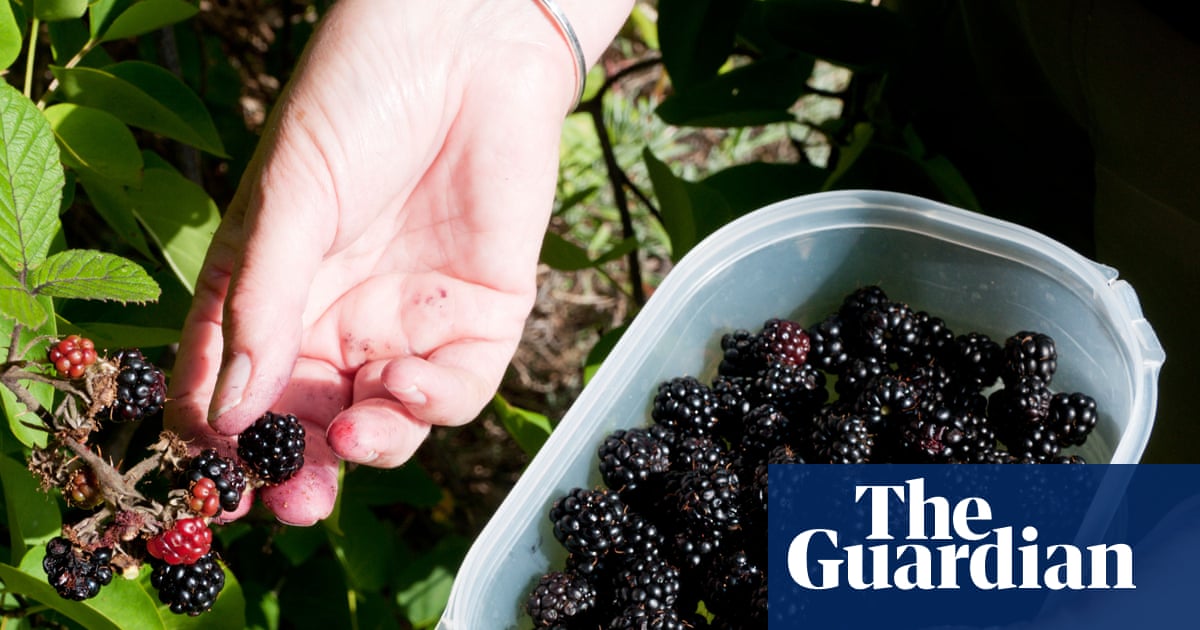
"Make a classic, equal-parts mix scaled to your dish by creaming, say, 180g butter and 180g sugar, slowly beating in an egg and a dash of vanilla or lemon zest, and finishing with 180g self-raising flour. Spoon that on top of the jam and bake at 190C (170C fan)/375F/gas 5 until the sponge bounces back and a skewer comes out clean. Serve warm with cream or custard, and job's a good 'un."
"Obvious things are a Victoria sponge, but that doesn't use much jam, says the Guardian's own Benjamina Ebuehi, so she'd be more inclined to spoon buttercream over the top of a coconut cake, for example, make a dip in the middle with the back of a spoon and pop some jam in there: That's a nice way to decorate a cake and it also uses up a decent amount of jam."
"Of course, jam is a great friend of biscuits, too, with Cuddeford and Ebuehi agreeing that thumbprint cookies are the way to go here. Cudderford opts for jamaretti: Whisk egg whites with sugar, ground nuts and lemon zest until firm enough to roll into balls, then toss in icing sugar. Make an indent in the centre, spoon in the jam and bake: They're delicious, chewy and keep well in a sealed container for a few weeks."
Jam can be used as the base for a baked pudding by filling a buttered ceramic dish with jam and topping it with an equal-parts sponge made from butter, sugar, an egg, vanilla or lemon zest and self-raising flour, then baking until set and serving warm with cream or custard. Jam works well as a filling or topping for cakes, including spooning into a buttercream-dipped coconut cake or finishing a traybake sponge with jam and desiccated coconut. Jam also suits tarts, crostata and thumbprint biscuits or jamaretti, which use egg whites, sugar, ground nuts and lemon zest with jam centers.
Read at www.theguardian.com
Unable to calculate read time
Collection
[
|
...
]